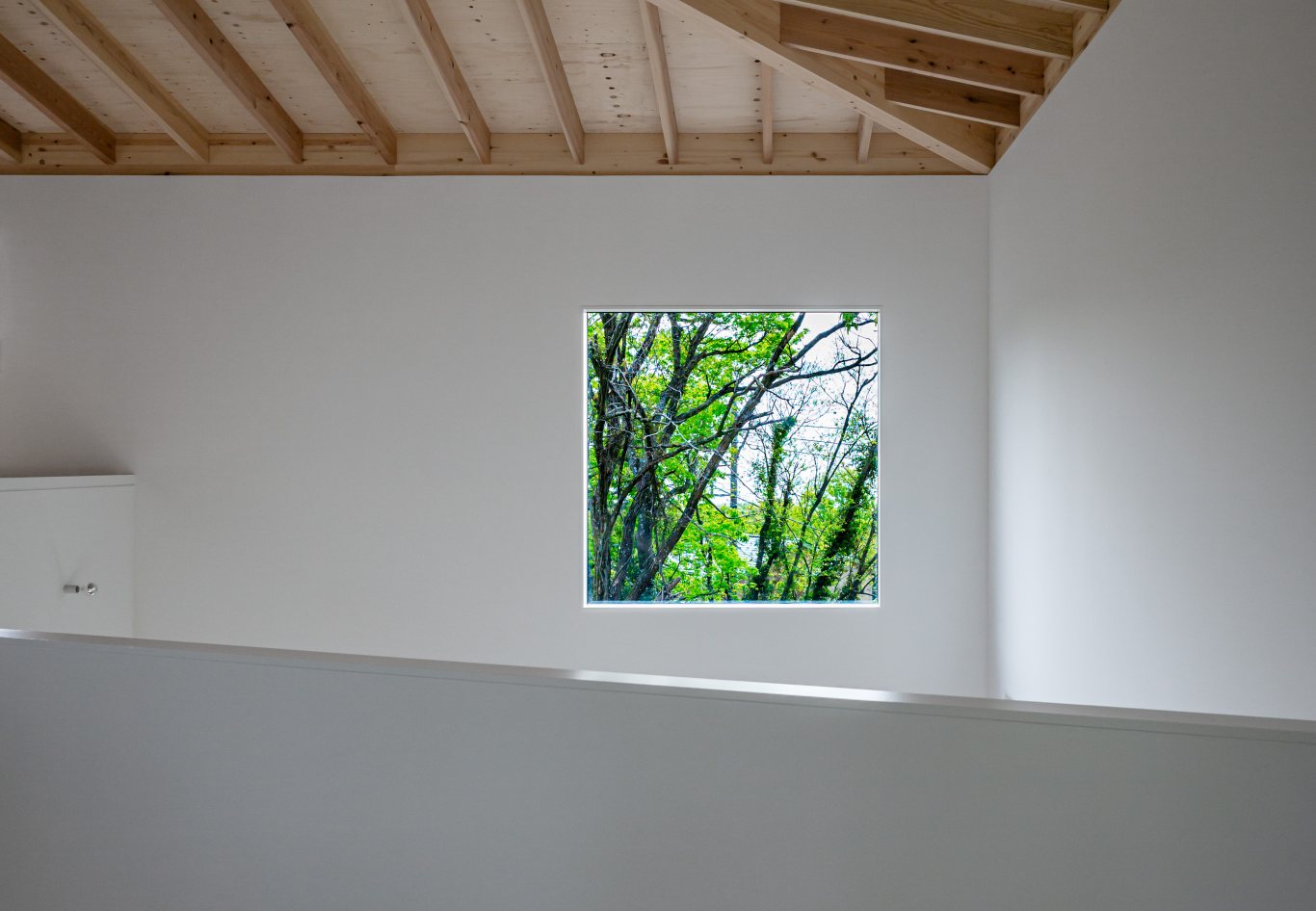I House in Izu-Kogen
Ito, Shizuoka Prefecture, Japan, 2019—2021
Where too much intention often leads to unnecessary replicas of the everyday life we try to escape from, the brief for this project was, like the site, encouragingly modest: A small shelter for an urban family to spend their weekends.
Neighbours
When we went there for the first time, we understood why the brief had not mentioned the views. They were as hidden in reality as they had appeared obvious in the preliminary analysis. And yet, they can and should be defining holiday life here.
The views are obstructed by neighbouring buildings, which are —with hardly any exception— without adventure. Why is no one interested, even faintly, in an architecture exploring the surroundings? Is it too much effort? It seems too obvious to ignore. Good intentions and superficiality have led to guidelines and rules focussed on Munsell charts and roof angles instead of substance.
Compromise and Filter
The size of the site is typical of the area: Some 600 m² will give you just enough green to contrast the density of the city you leave behind. But not enough to forget anything around you. It is the typical 別荘 (‘besso’) development: Here, any encounter with ‘nature’ means compromise. In fact, one is reminded more of suburbia than of a recluse. While lush vegetation is never far away, so are the neighbouring houses; between them: hidden views to the ocean and some not too distant mountains. (Only 2.5 km to the north is the most prominent: Mt Omuro, a mountain famous for getting its annual ‘shave’ by the 700-year-old ritual of burning down the dried grass to make room for the new.) In order to find happiness in these confines one must filter.
Hide and See (from plateau to plateau to plateau)
When the area was turned into a residential resort, the developers cut tiny roads into the mountain. And with it created hard-to-access sites throning on plateaus above the roads. The site is on one of those plateaus. We are perched a nice five metres above the road, and yet so are the houses behind us. While protected from views on the side facing the road, we need to devise ways to hide on the other sides, and equally important, to see the natural assets waiting in the distance.
Short Stays
The anticipated brevity of each stay gives us freedom. We are only here for a couple of days in a row. This means that things which would normally be considered inconvenient can become completely plausible, maybe even desirable.
Steps under an Umbrella
Continuing the steep and narrow stairs which have elevated us from the street, the house unfolds as a series of steps around a central column. At the end of this column, the roof feels like an open umbrella. At ground level, the inside extends on a large terrace and the land around it. As we walk up, some of the steps extend into planes on which we can rest. The bath with its hot spring water is the only enclosed space: we step into a box placed inside the house, itself one continuous space, wrapped by four walls with carefully placed windows.
Gallery
These walls around us are not enclosure but frames. We are in a gallery. The outside has been selected in living pictures. As we climb up, a multitude of cross-views keeps redefining our vision and with it the extents of the house. A small shelter is becoming larger and larger.
Ito, Shizuoka Prefecture, Japan, 2019—2021
Type
Status
Team
Florian Busch, Sachiko Miyazaki, Mayo Shigemura, Yutaro Osawa, Tomotaka Yamano, Jamie Eden
Structural Engineering: Kawata Tomonori Structural Engineers (Tomonori Kawata)
Contractor: Daido Corporation
Size
GFA: 77 m²
Terrace: 44 m²
Structure
Central column with steps and floor plates in steel.
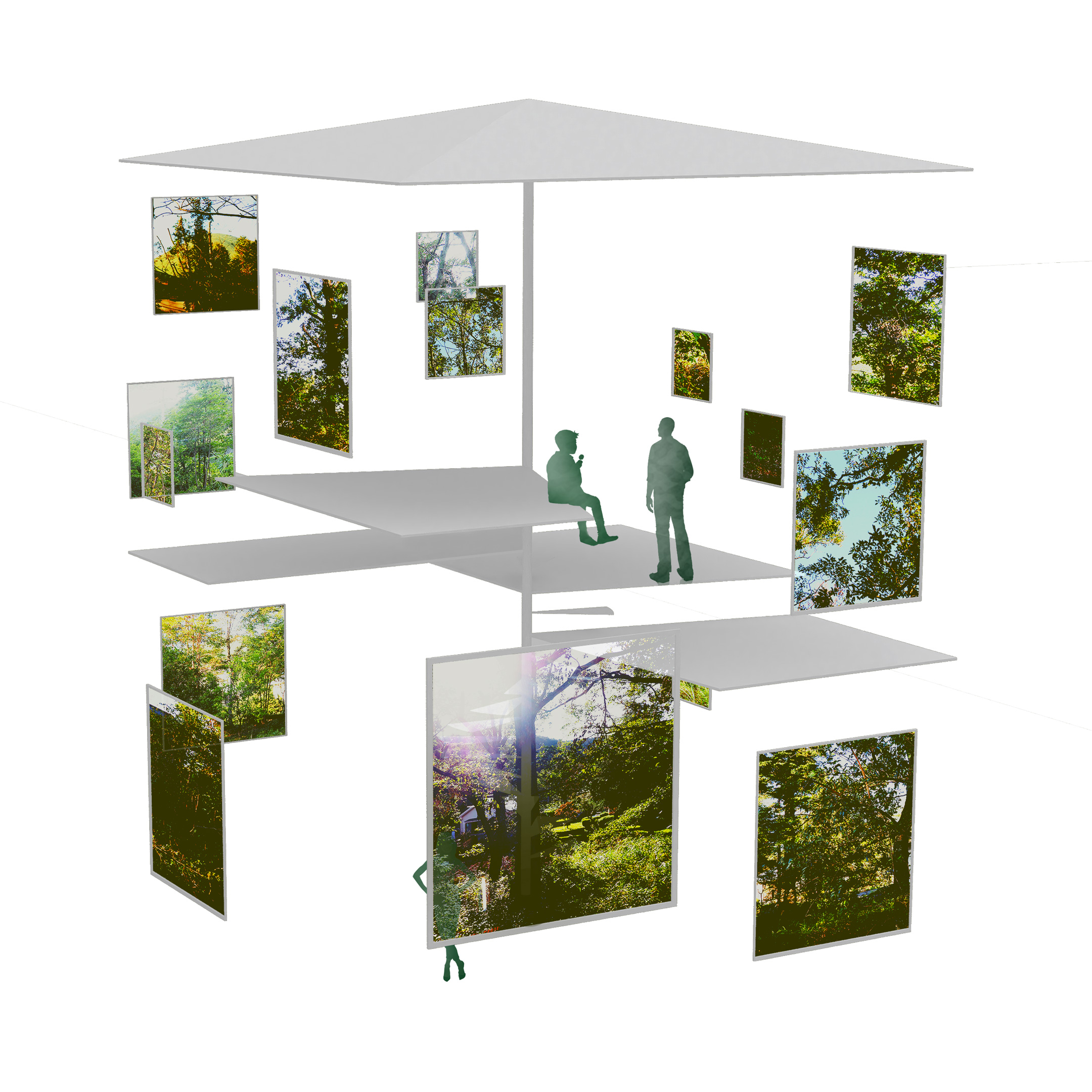
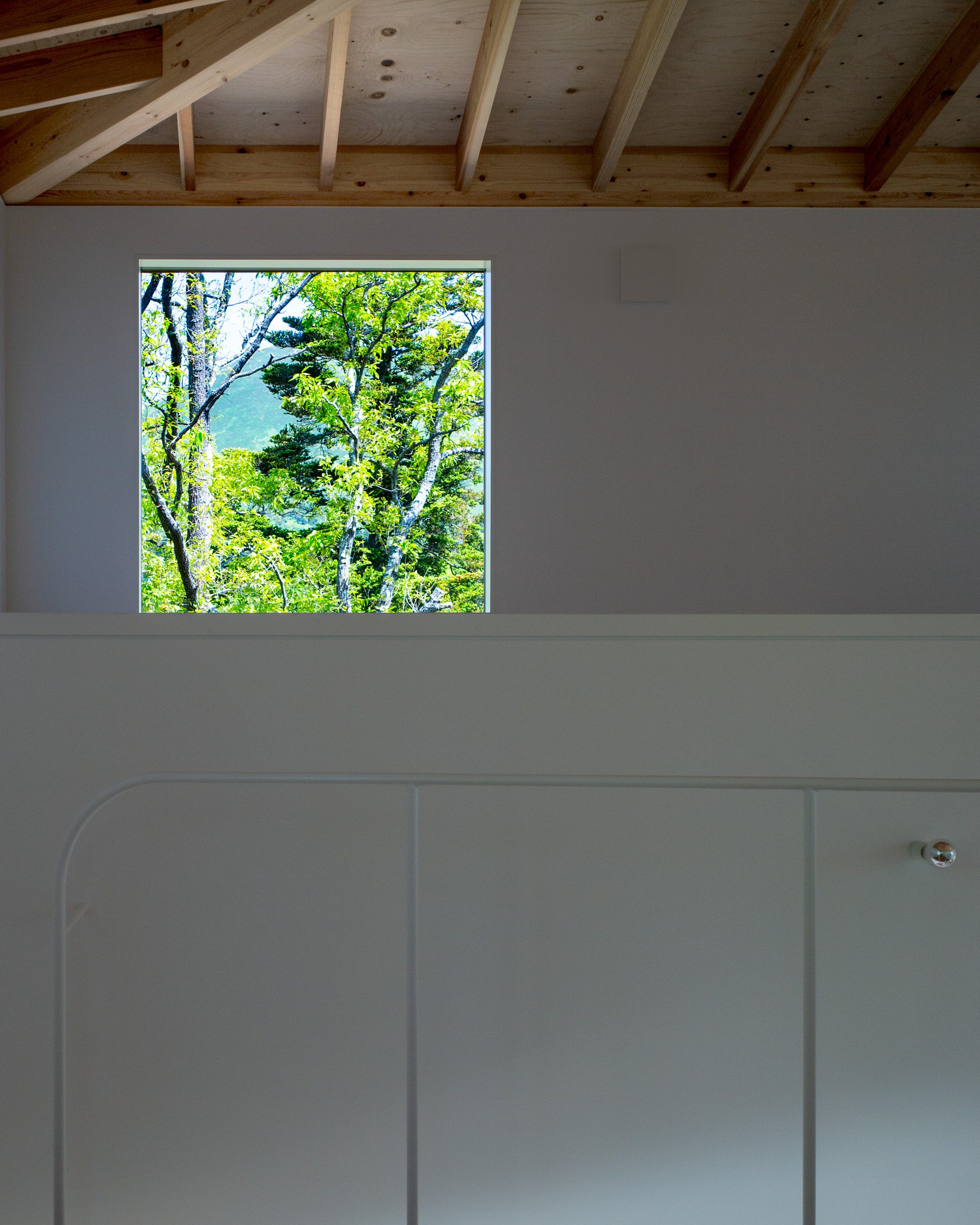
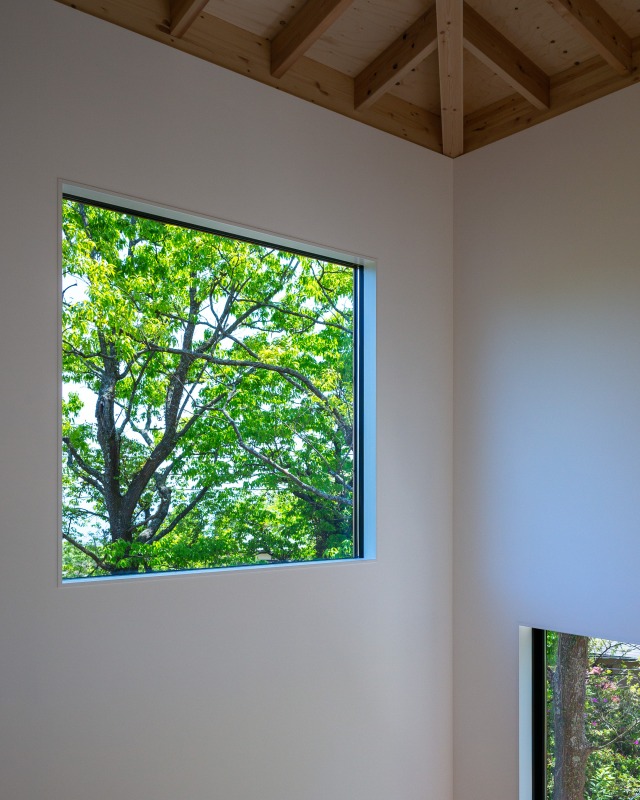
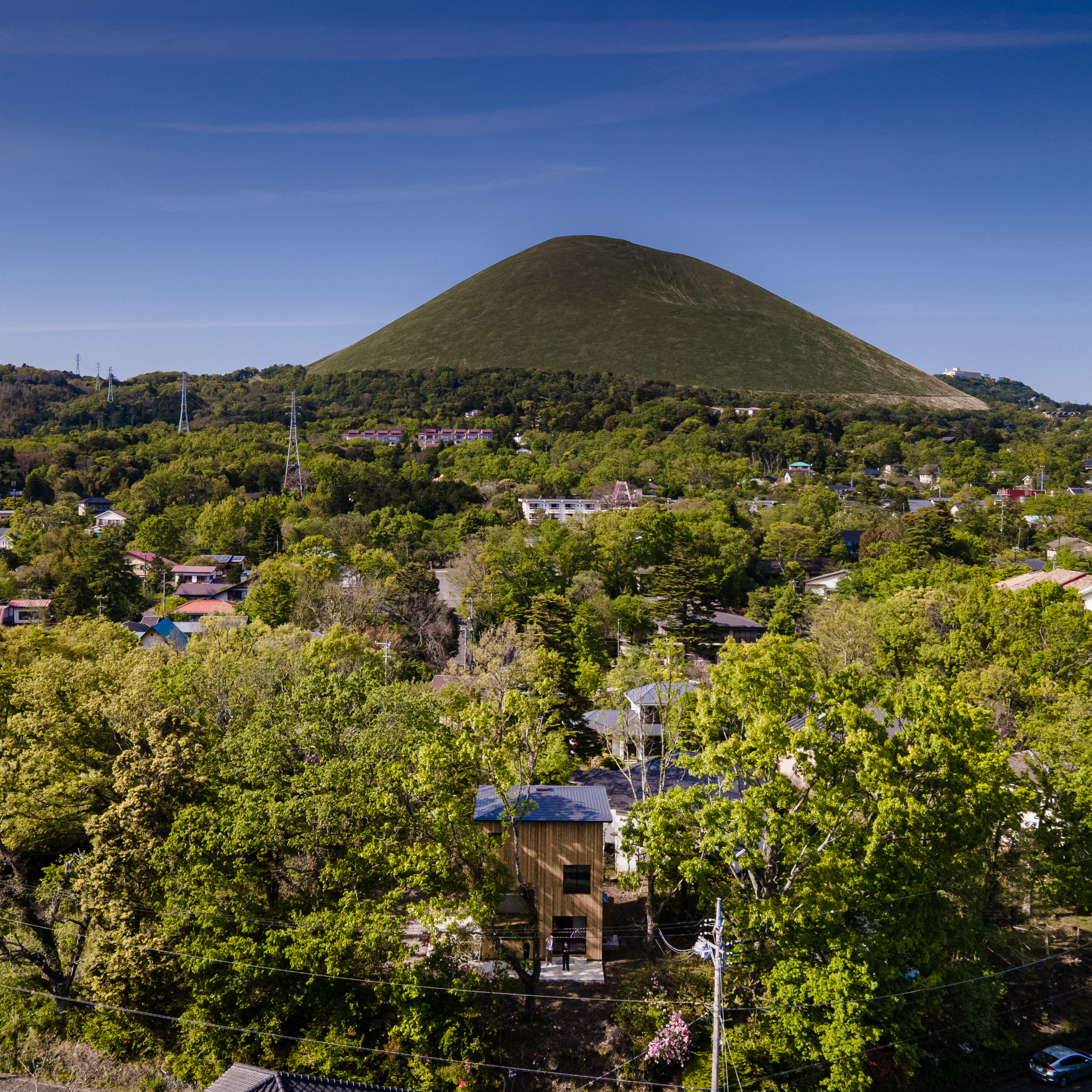
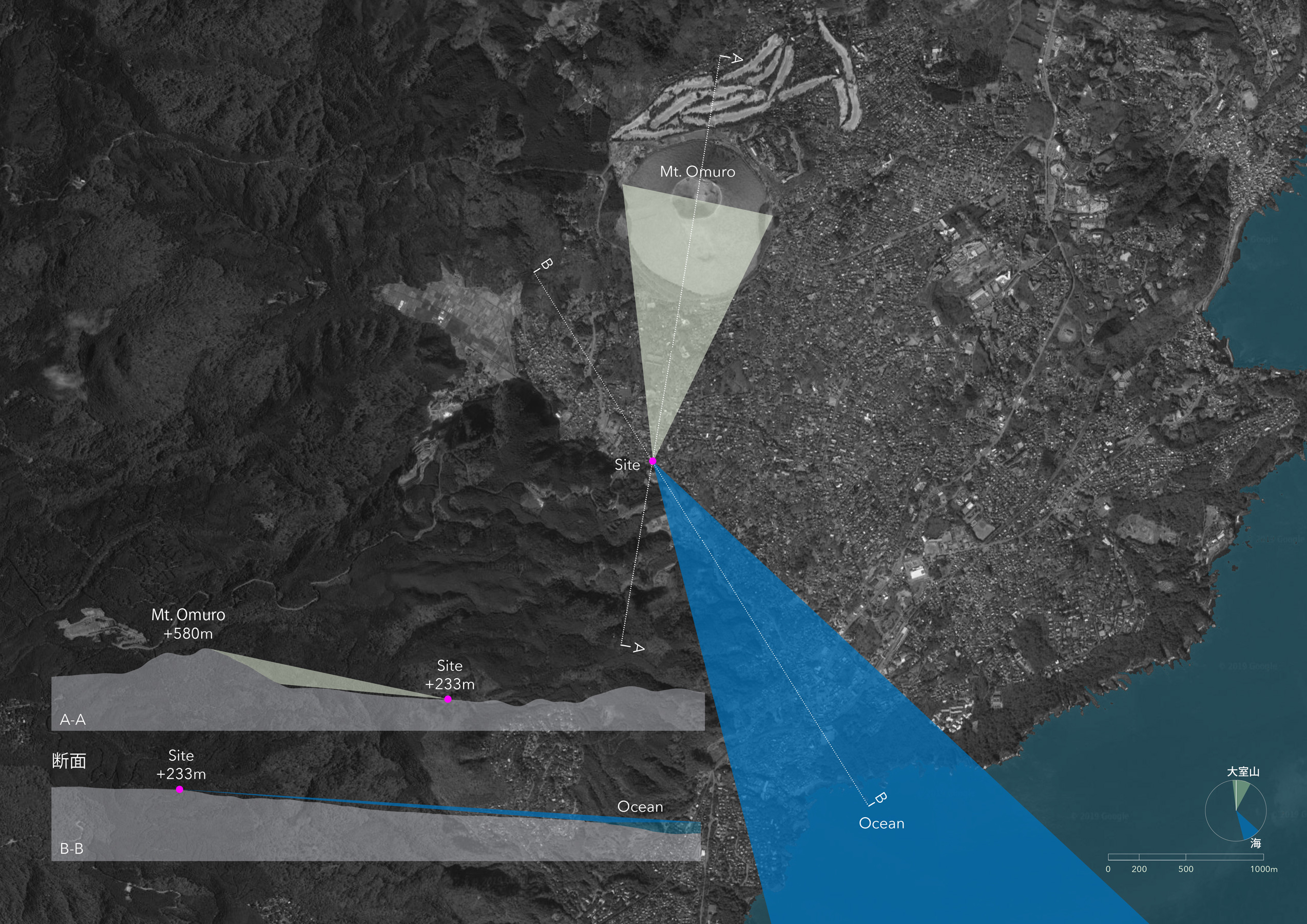
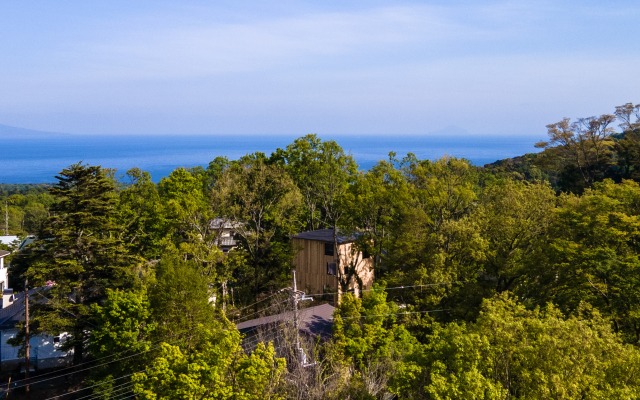
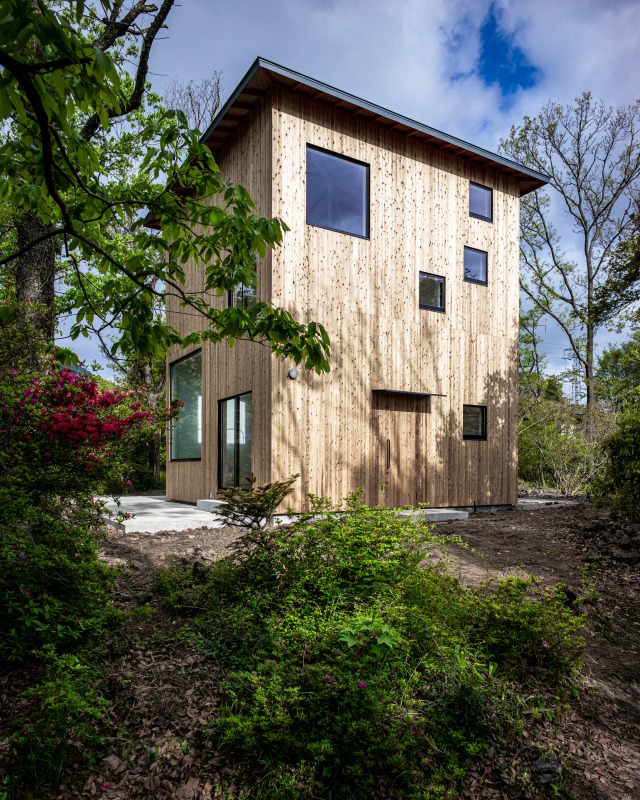
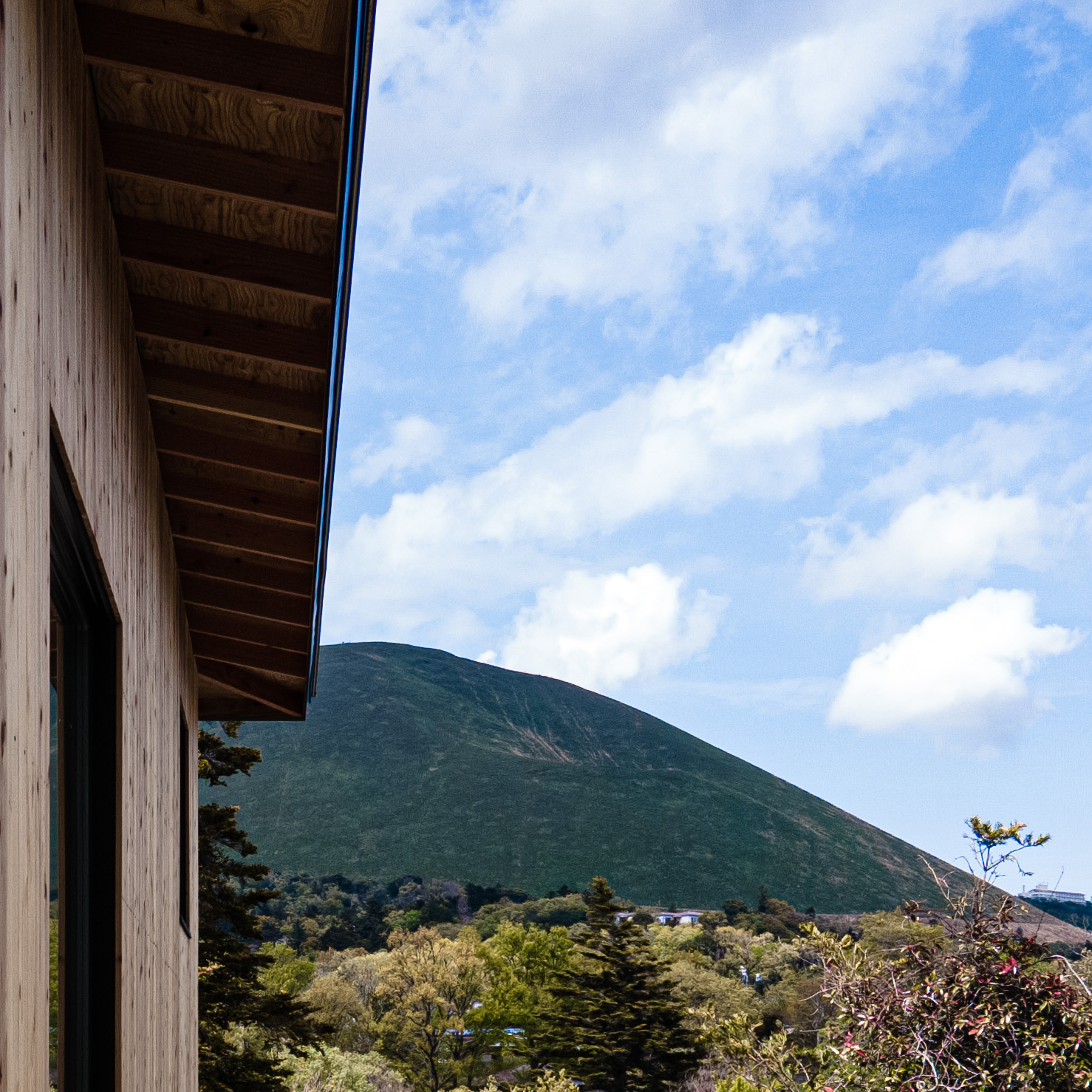
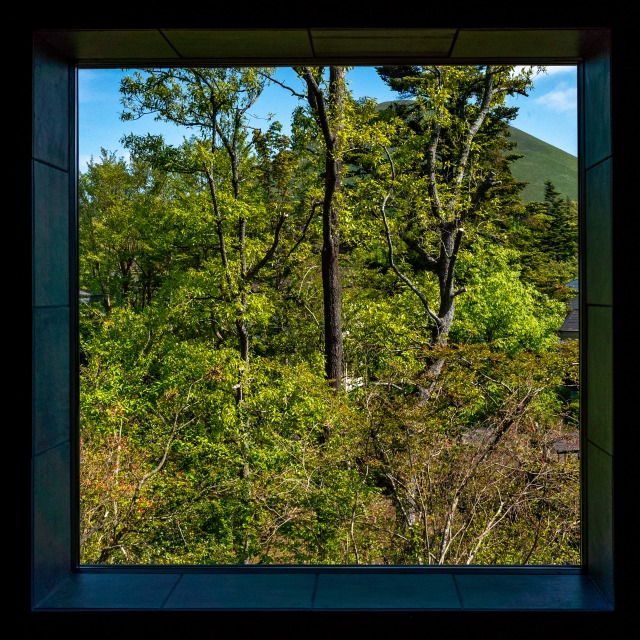
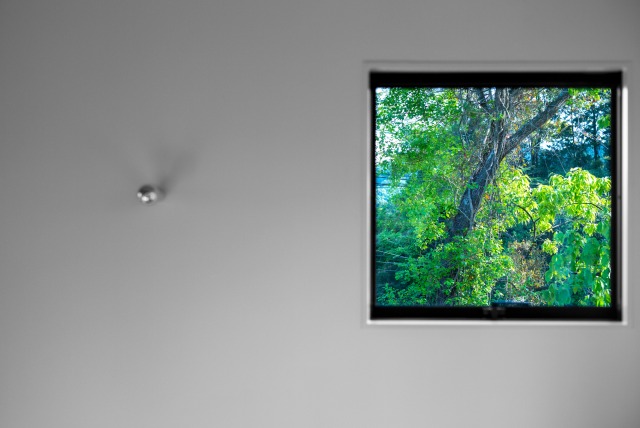
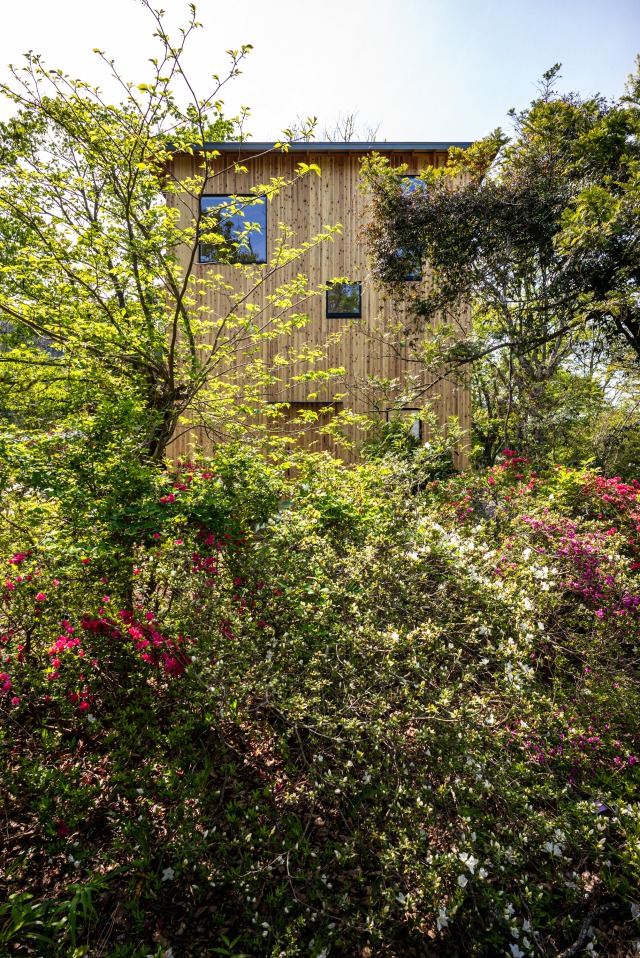
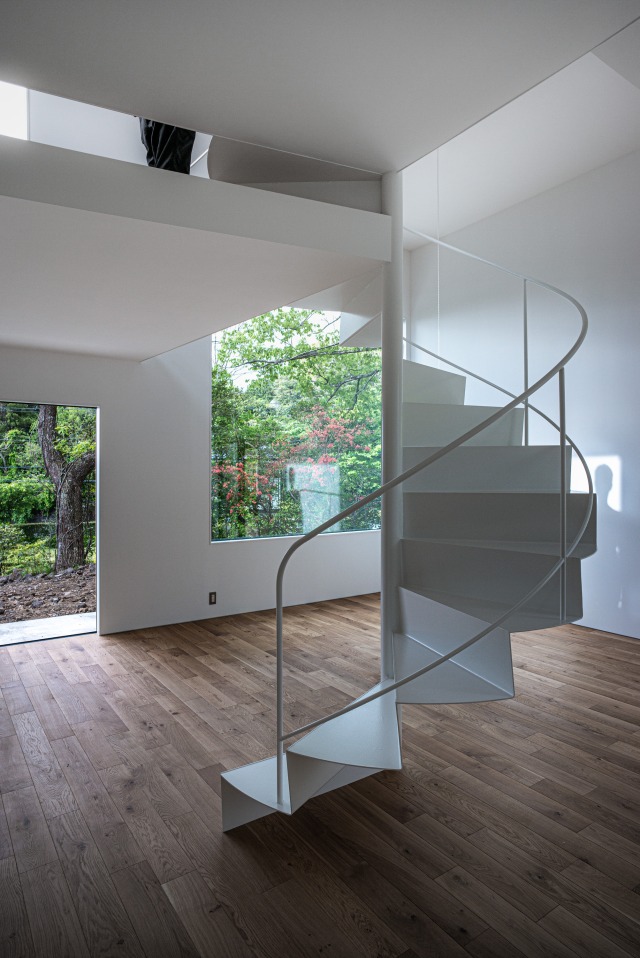
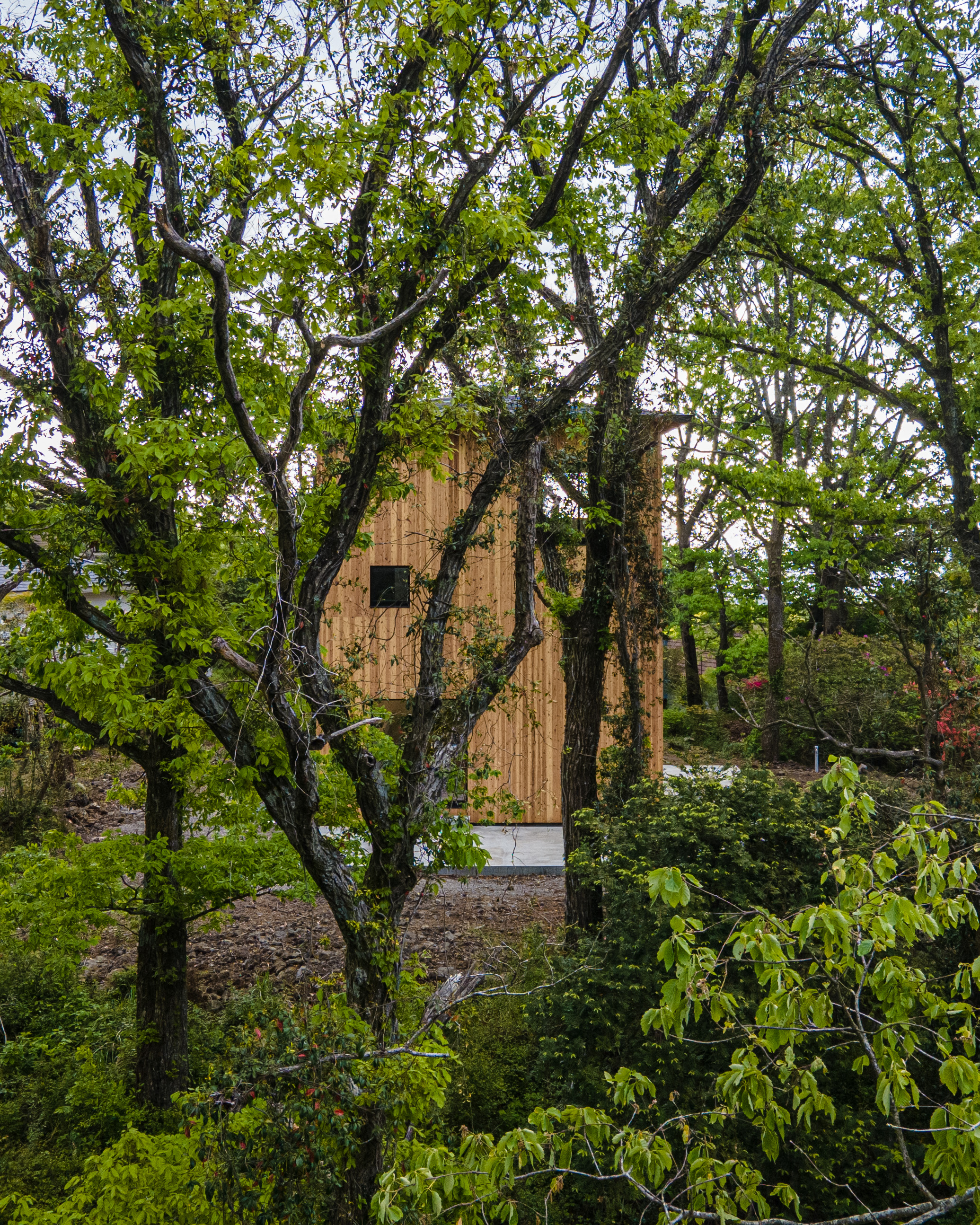
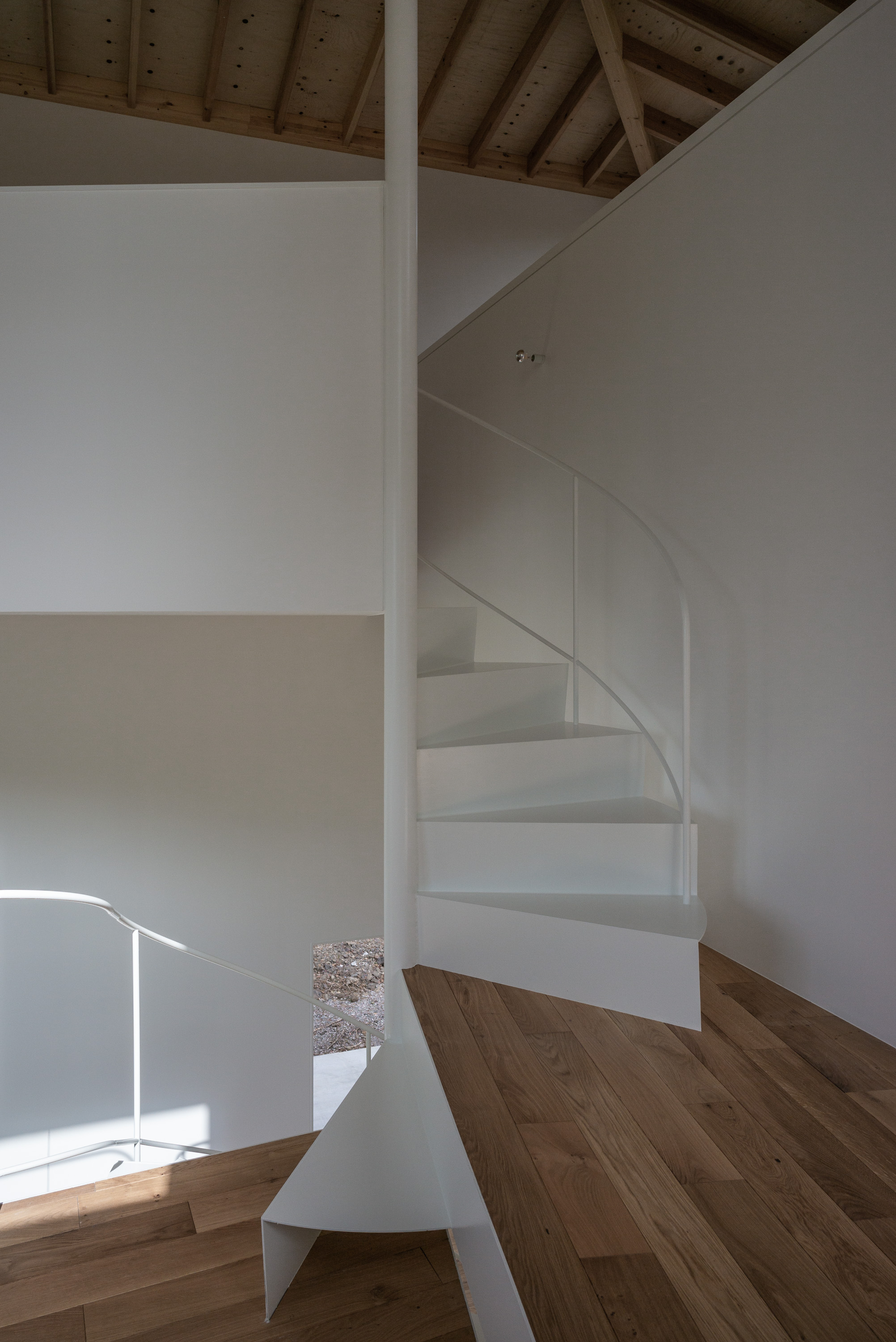

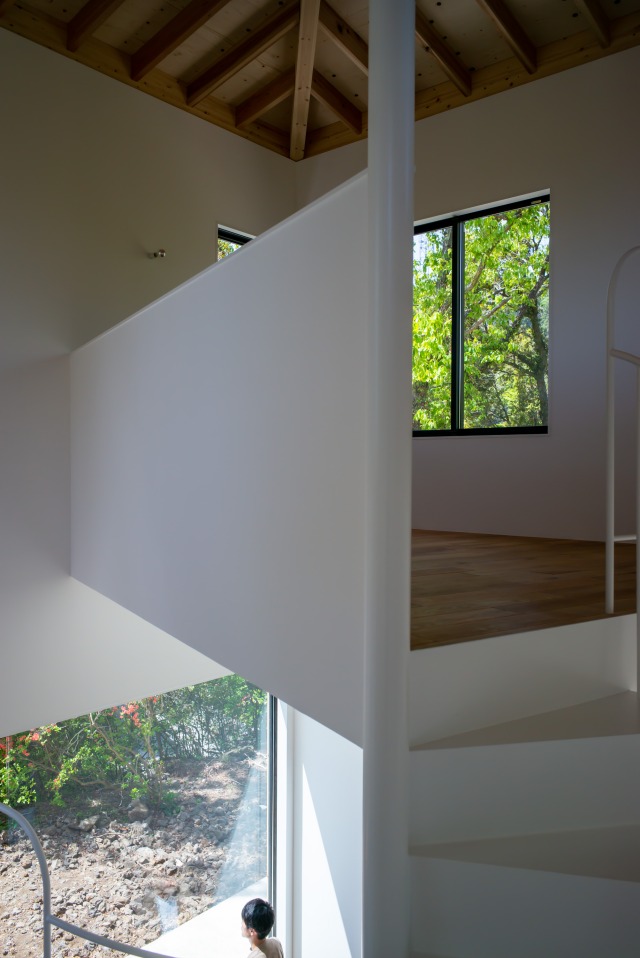
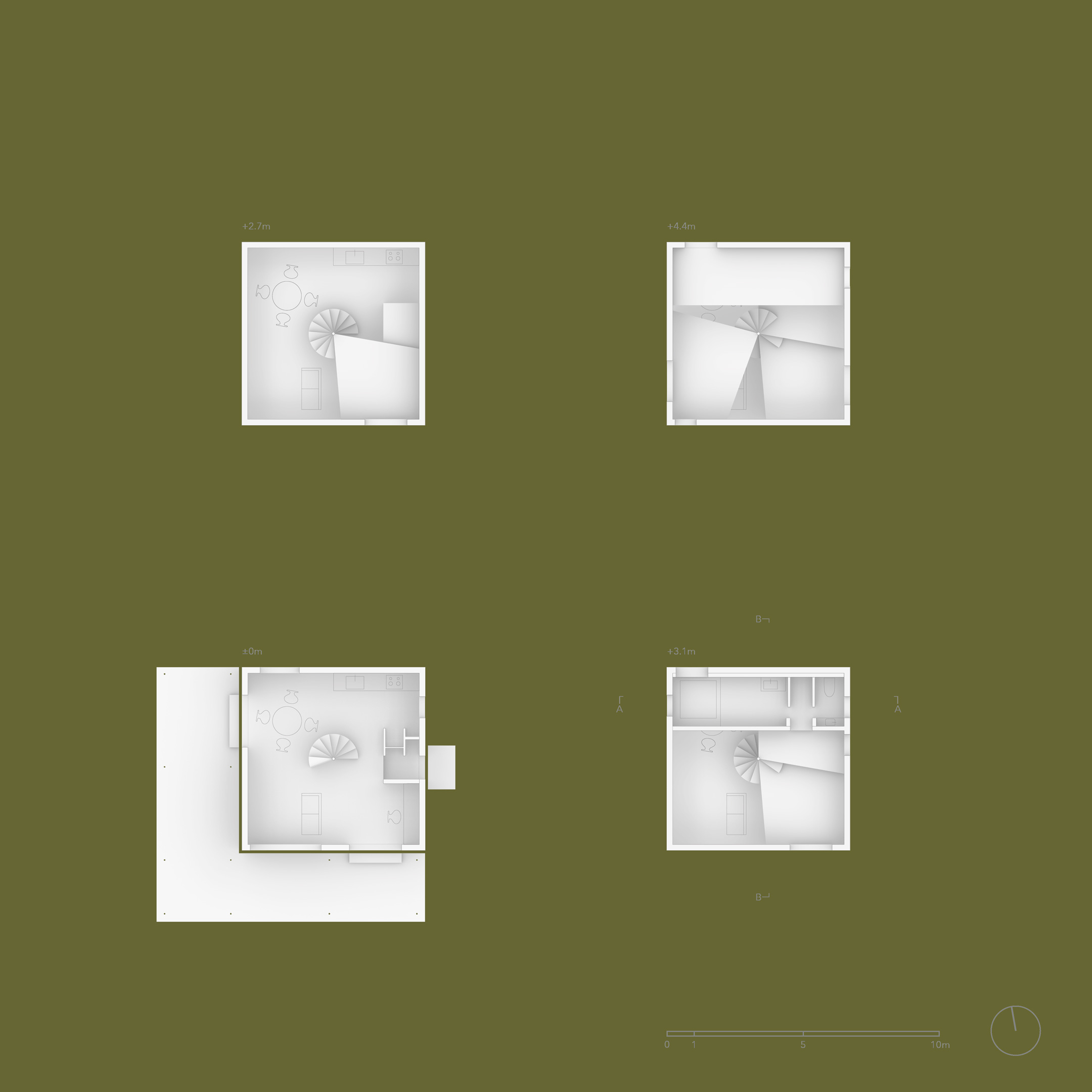
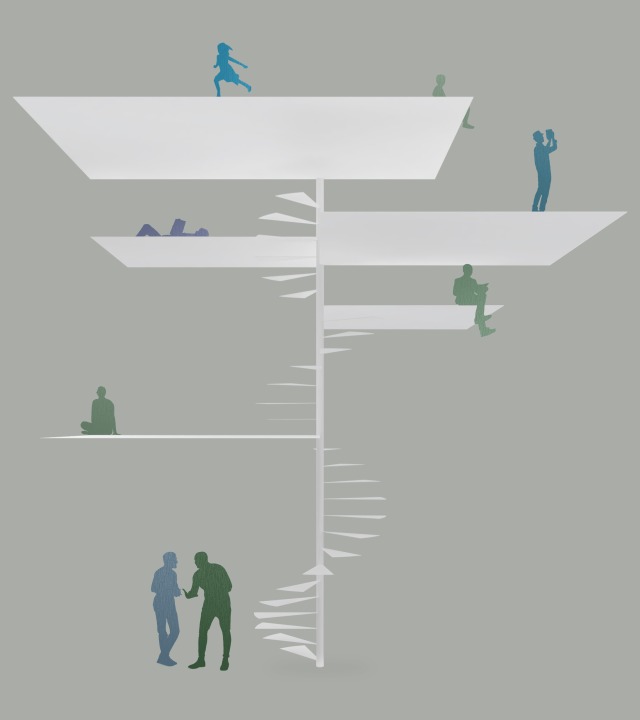
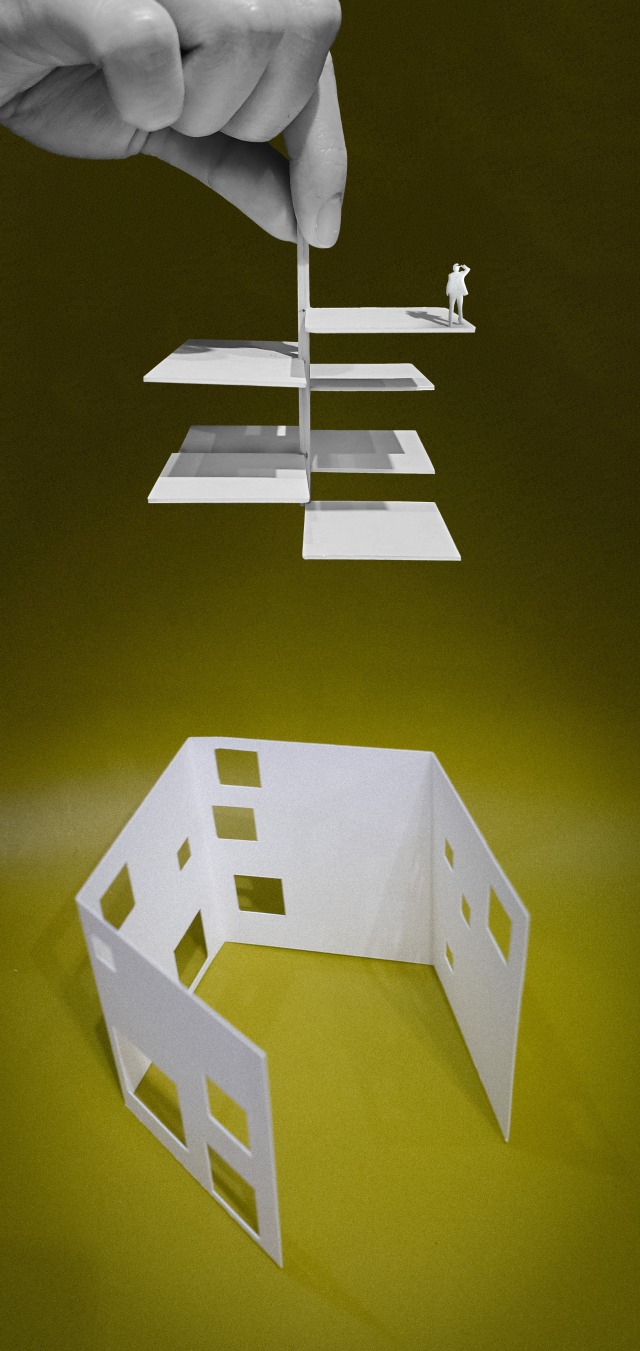
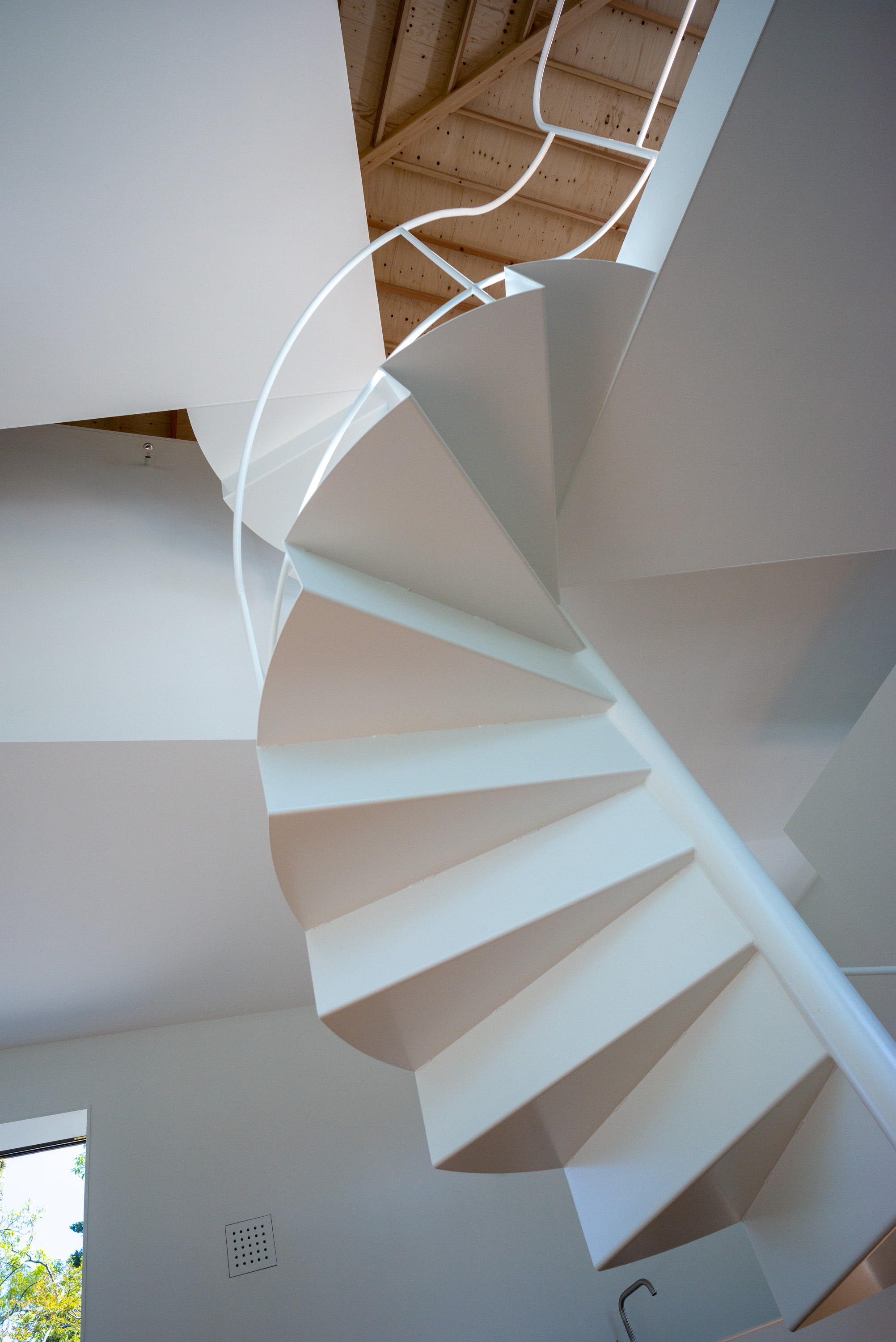
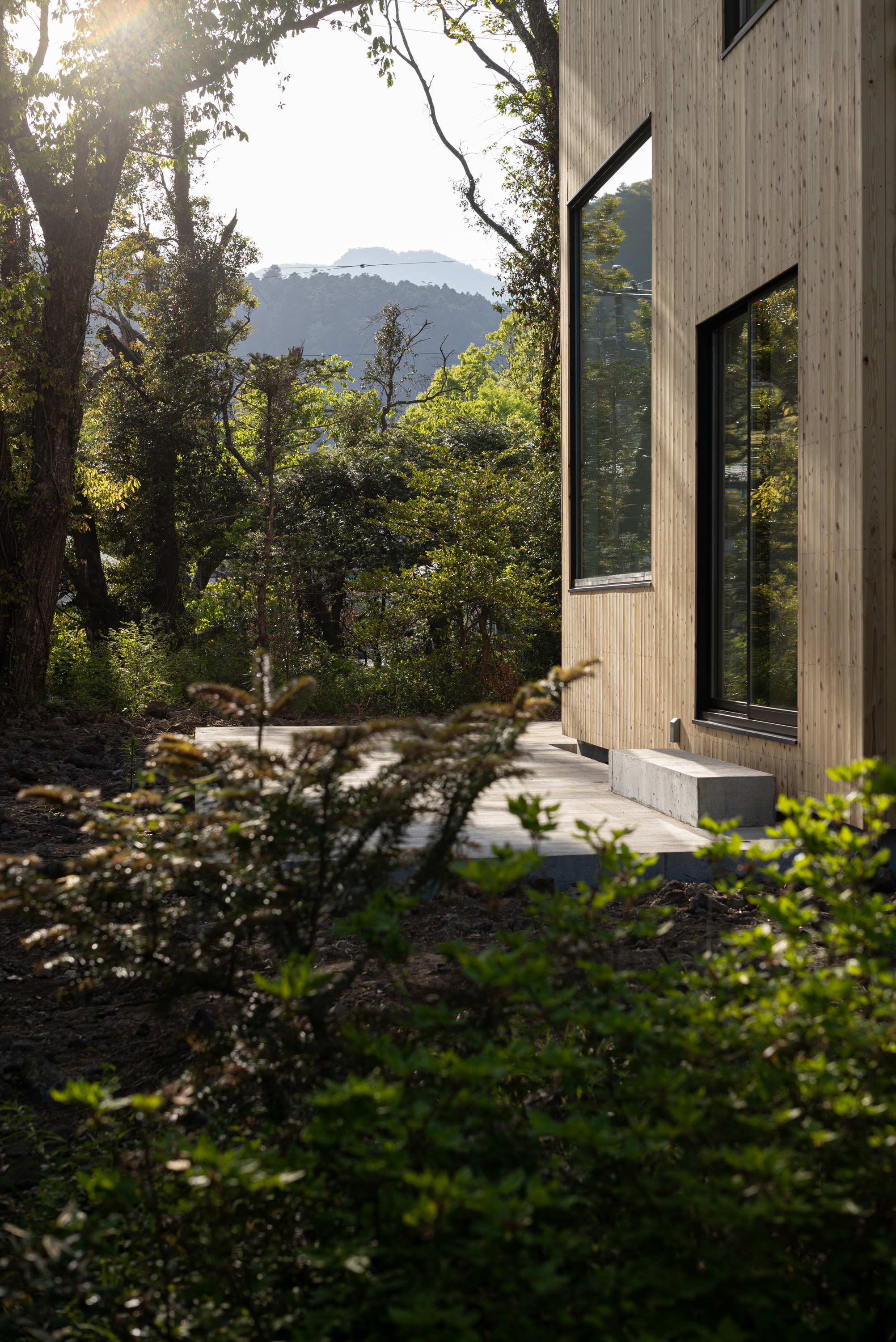
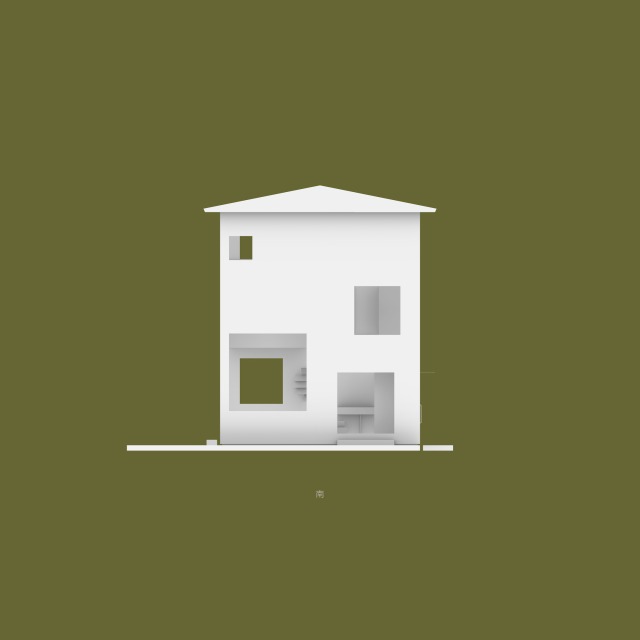
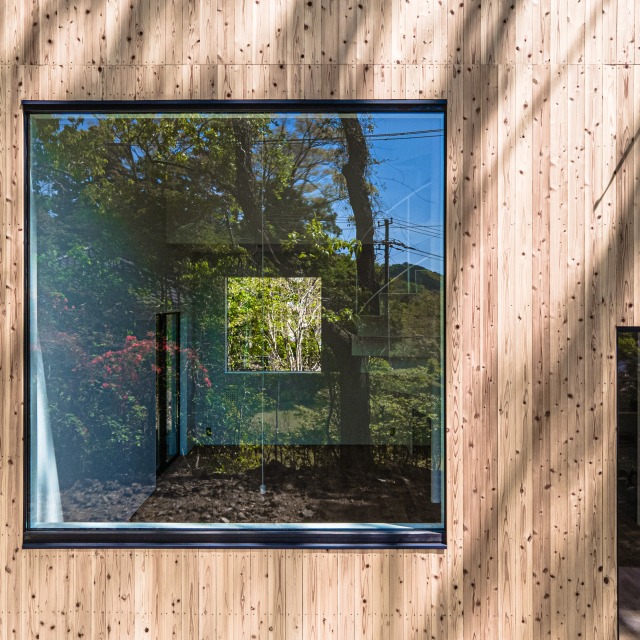
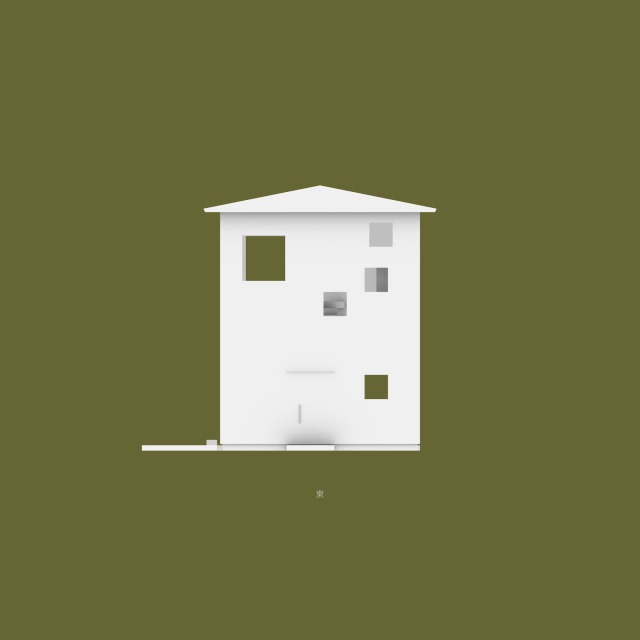
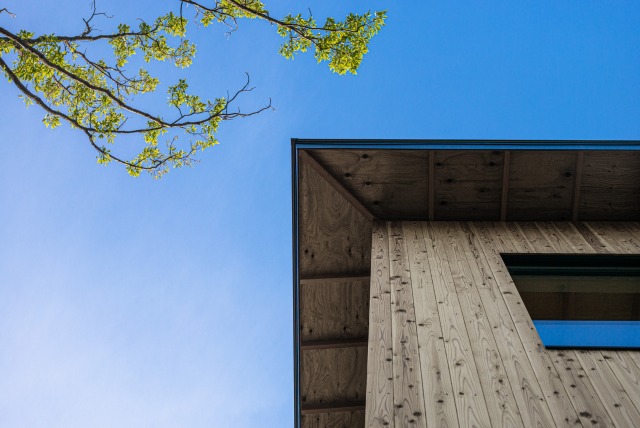
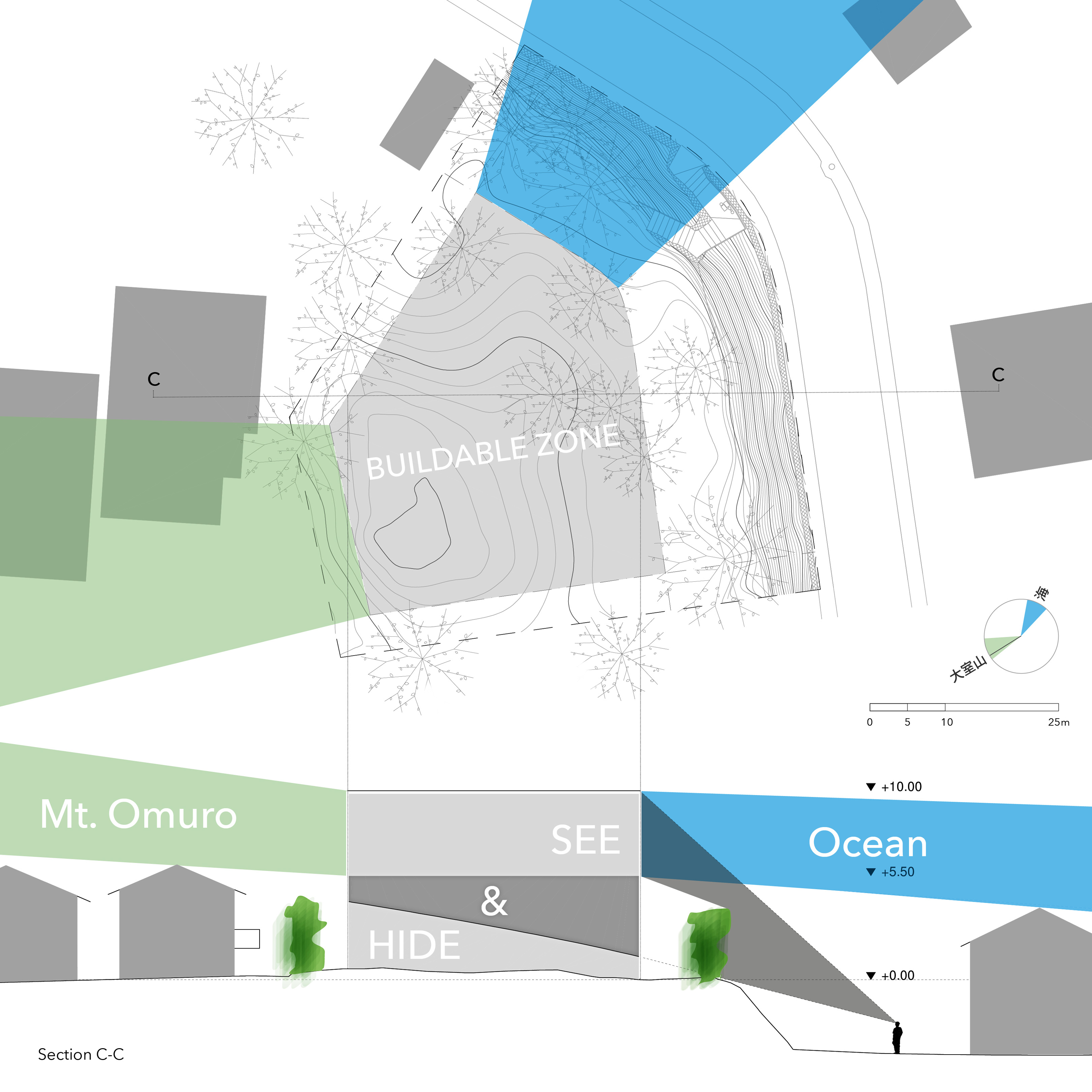

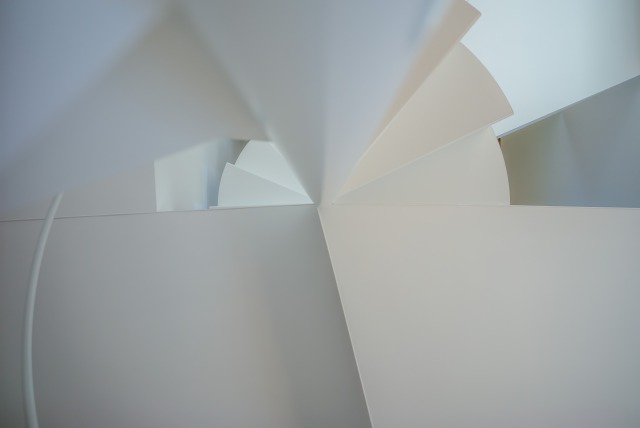
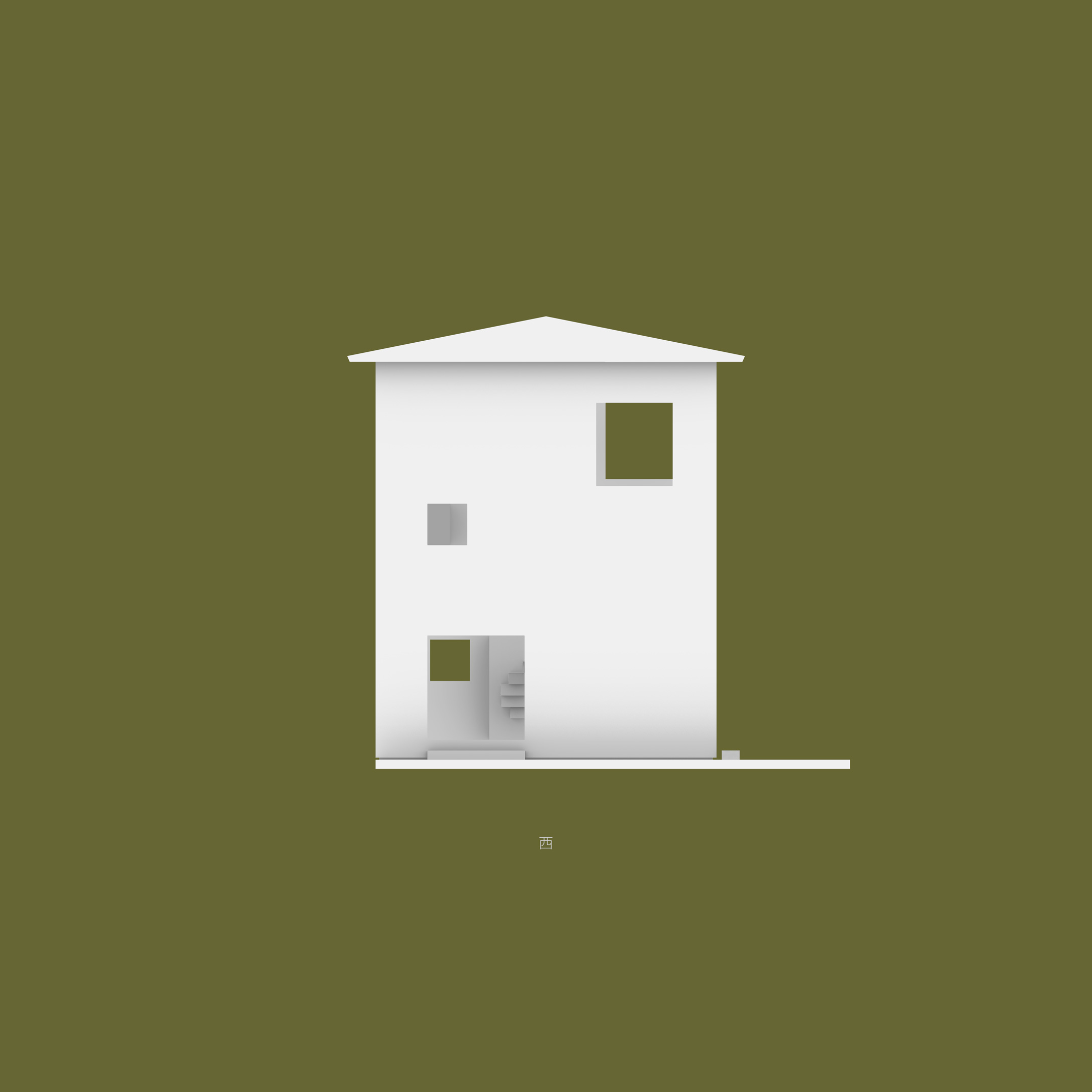

Award
publications
Related Projects:
- Nobori Building, 2021—2023
- House I in Arishima, 2020—2023
- House in Nagatadai, 2021—2023
- I House in Izu-Kogen, 2019—2021
- Hirafu Creekside, 2021
- House in the Forest, 2017—2020
- Y Project in Kagurazaka, 2017—2018
- K House in Niseko, 2015—2017
- S House in Chiba, 2011—2015
- Our Private Sky, 2013
- L House in Hirafu, 2010—2013
- BL Project, 2012
- ‘A’ House in Kisami, 2009—2012
- House that opens up to its inside, 2011—2012
- House in Takadanobaba, 2010—2011
- F&F Project, 2011
- House on the Slopes, 2011
- Toké 7, 2010
- Two Roofs in the Snow, 2009—2010
- House in Karuizawa, 2009
- RG Project, 2009
